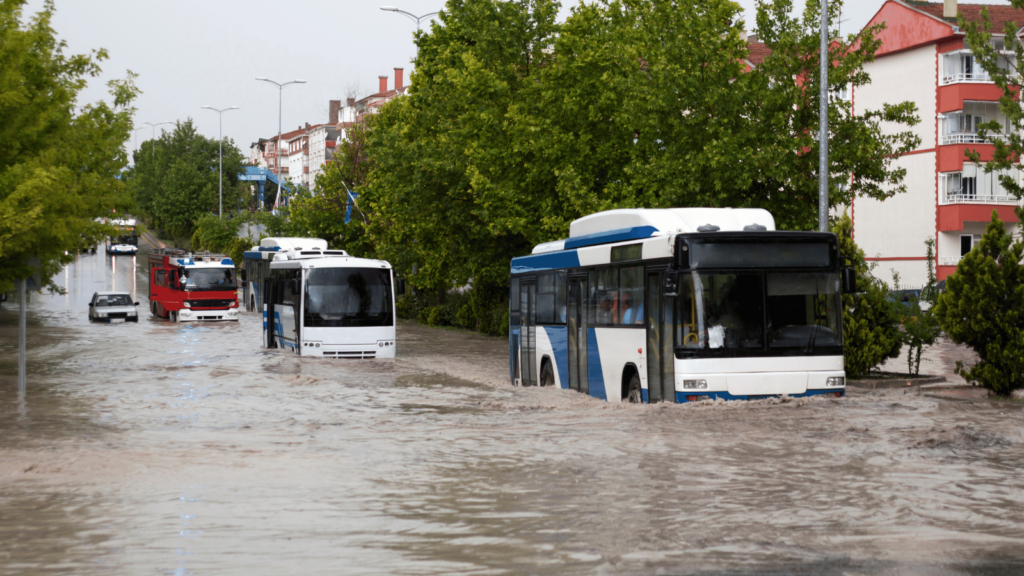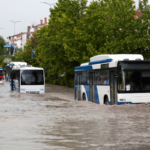
In recent years, the frequency and severity of floods have increased, leaving homeowners vulnerable to significant financial losses. Whether you live in a high-risk flood zone or not, having the right insurance coverage is crucial to protect your home and belongings. In this guide, we will explore everything you need to know about flood insurance for personal lines, helping you make informed decisions to safeguard your property and peace of mind.
Understanding Flood Coverage:
Flood insurance is a specialized type of coverage designed to protect homeowners against flood-related damage to their property and belongings. It is essential to note that standard homeowners’ insurance policies typically do not cover flood damage, making separate flood insurance policies necessary for adequate protection.
Coverage Components:
Personal lines flood insurance typically includes two main components:
- Building Coverage: This component provides coverage for structural damage to your home caused by flooding. It includes essential elements such as the foundation, walls, floors, roof, electrical systems, plumbing, HVAC systems, and built-in appliances.
- Contents Coverage: Contents coverage reimburses you for the damage or loss of personal belongings within your home due to flooding. This includes items such as furniture, electronics, clothing, appliances, and other personal possessions.
Determining Coverage Limits:
When purchasing flood insurance for personal lines, it is crucial to determine the appropriate coverage limits based on the value of your home and belongings. Factors such as the property’s location, elevation, and flood risk zone can influence the cost and extent of coverage needed.
Evaluating Flood Risk:
Assessing your property’s flood risk is an essential step in determining the appropriate level of coverage. Flood risk can vary depending on factors such as proximity to bodies of water, elevation, and historical flood data. FEMA’s Flood Map Service Center and local authorities can provide valuable information to help you understand your property’s flood risk.
Cost Considerations:
The cost of flood insurance for personal lines can vary depending on factors such as the property’s location, flood risk, coverage limits, and deductible. While premiums for NFIP policies are standardized based on flood risk zones, private insurance premiums may be influenced by additional factors such as the insurer’s underwriting criteria and coverage options.
To conclude…
Flood insurance is a critical component of protecting your home and belongings from the devastating effects of flooding. By understanding the coverage components, evaluating your property’s flood risk, and exploring insurance options, you can make informed decisions to ensure adequate protection for your personal lines. Remember, it is never too early to invest in flood insurance—be proactive in safeguarding your home and peace of mind against the unpredictable forces of nature.






